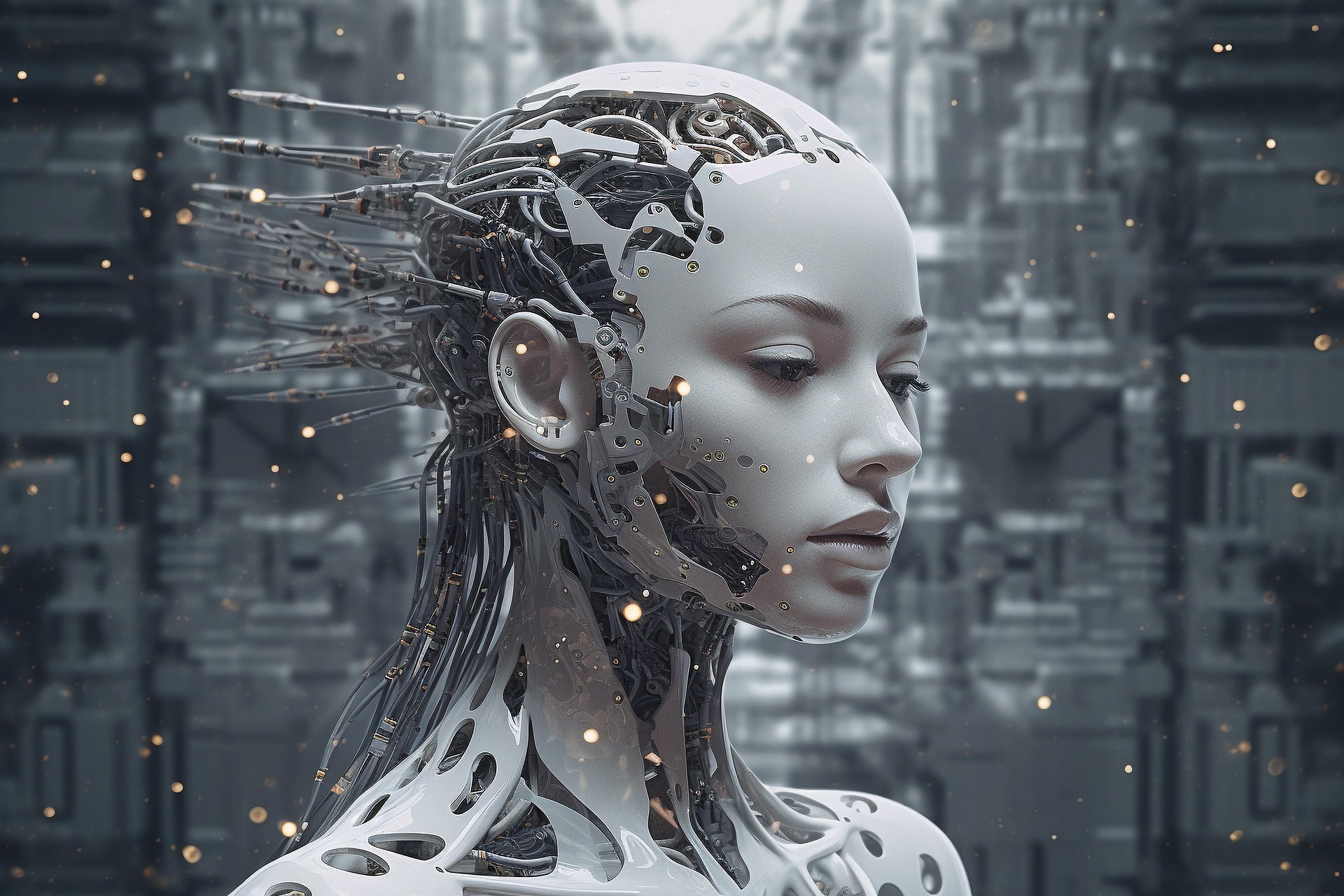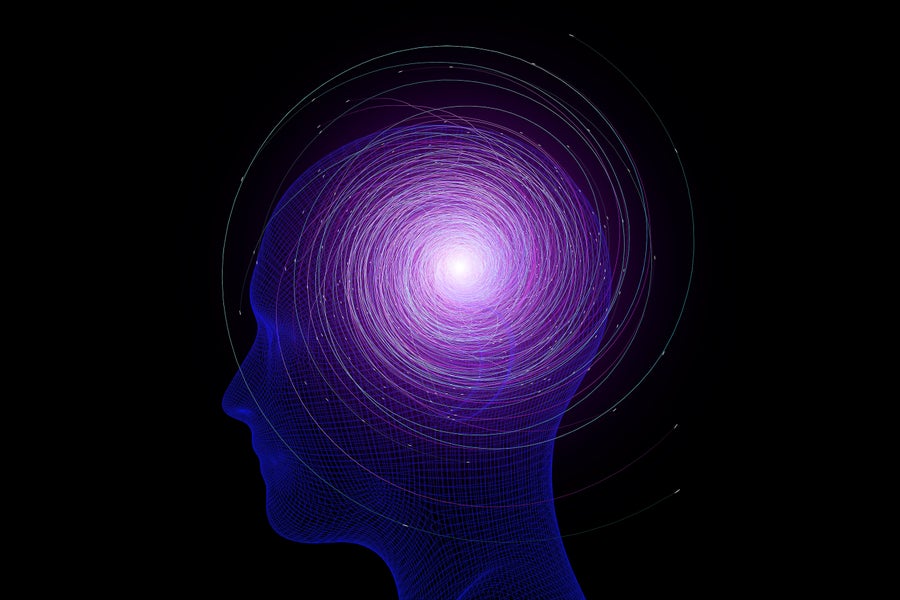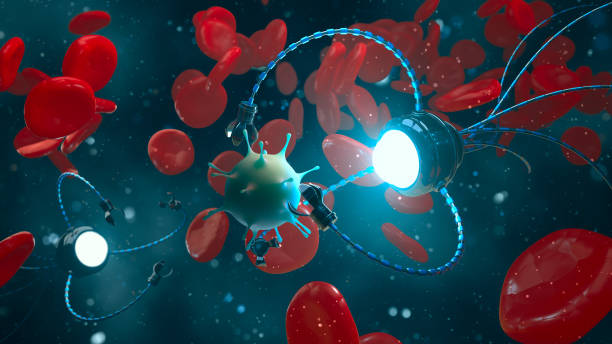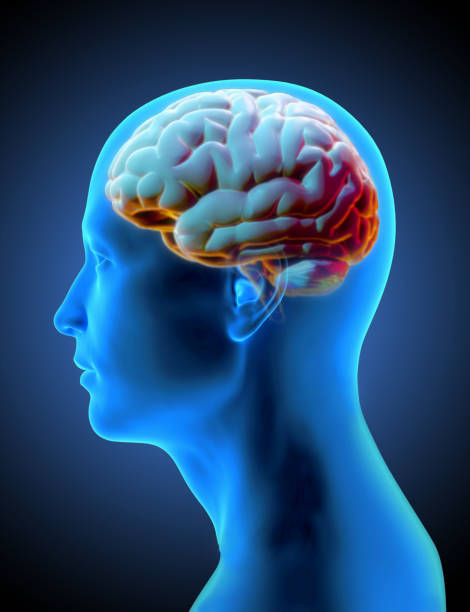Since the dawn of civilization, humans have been obsessed with the future. Ancient oracles, astrologers, and seers captured the imagination of societies with their attempts to peer beyond the present moment. From the cryptic prophecies of the Delphic Oracle to the meticulous observations of early astronomers, humanity has always yearned for foresight. We have built calendars, developed mathematics, and created models to predict the motion of stars, the tides of oceans, and the outcomes of wars. Prediction is, in essence, a mirror of our desire to control uncertainty, to navigate life with a sense of mastery over what lies ahead.
Yet, despite centuries of progress, humans remain fallible. Cognitive biases, emotional impulses, incomplete data, and the sheer complexity of the world constrain our ability to anticipate outcomes accurately. Even the most brilliant minds, from economists to meteorologists, often find their forecasts confounded by unforeseen variables. It is within this context that artificial intelligence (AI) emerges, offering a potentially transformative approach to prediction—a machine that may surpass human intuition, processing the vastness of data and uncovering patterns invisible to the human mind.
The Rise of Artificial Intelligence
Artificial intelligence, in its modern form, is the culmination of decades of computational theory, neuroscience-inspired algorithms, and technological innovation. At its core, AI is designed to mimic aspects of human intelligence, such as learning, reasoning, and problem-solving. From early rule-based systems to today’s deep neural networks, AI has evolved to process information at scales and speeds far beyond human capability.
Machine learning, a subset of AI, allows computers to learn from data without explicit programming. Neural networks, inspired by the structure of the human brain, detect patterns, correlations, and anomalies in data. Deep learning extends these capabilities, layering neural networks in complex architectures that can interpret images, text, and numerical datasets with astonishing accuracy. These technologies have revolutionized industries ranging from medicine to finance, enabling predictions that were once thought impossible.
Yet, AI is not a magic oracle. Its predictive power depends entirely on the quality, quantity, and relevance of the data it receives. Unlike human intuition, which can extrapolate from experience and imagination, AI requires structure and feedback. Still, its ability to analyze enormous datasets and identify subtle trends offers a tantalizing possibility: the creation of predictive models that could surpass human foresight in scope, speed, and precision.
Understanding Prediction
To evaluate whether AI could predict the future better than humans, we must first understand the nature of prediction itself. Predictive processes involve recognizing patterns in historical and current data, extrapolating those patterns forward, and estimating the probability of future events. Humans perform these tasks intuitively, often relying on experience, heuristics, and instinct. While this approach can be effective in familiar or bounded contexts, it struggles in complex, dynamic systems, where countless variables interact in non-linear ways.
AI, by contrast, can absorb vast amounts of information simultaneously. Consider weather forecasting: meteorologists analyze temperature, humidity, wind speed, and countless other factors to anticipate storms. Modern AI models, such as those used in climate simulations, can incorporate exponentially more data points, process them in real time, and recognize patterns invisible to the human mind. Similar advances are seen in economics, epidemiology, and even political forecasting, where AI models predict market fluctuations, disease outbreaks, and election outcomes with increasing sophistication.
Yet, the question remains: can AI truly “understand” the future, or is it merely detecting statistical regularities? Here lies a fundamental tension between human intuition and machine computation. Humans bring creativity, context, and ethical reasoning to prediction, while AI brings speed, scale, and rigor. The interplay of these strengths defines the potential and limits of AI foresight.
Successes in AI Prediction
In certain domains, AI has already demonstrated predictive abilities that surpass human experts. In healthcare, AI algorithms can predict the onset of diseases such as diabetes or cancer by analyzing electronic health records, genetic data, and lifestyle patterns. These predictions often identify risk factors and early warning signs that physicians might overlook. Similarly, AI-driven financial models forecast market trends by processing billions of transactions and economic indicators, sometimes detecting subtle signals before they become apparent to human analysts.
Epidemiology provides another compelling example. During the COVID-19 pandemic, AI models predicted outbreak hotspots, transmission dynamics, and potential impacts of interventions with remarkable accuracy. While no model was perfect, AI-assisted predictions informed policy decisions, resource allocation, and public health strategies. These successes suggest that AI can, in certain contexts, predict events with precision that would be unattainable by unaided human cognition.
Furthermore, AI excels at long-term pattern recognition. By analyzing historical datasets spanning decades or even centuries, machine learning models can identify trends that humans may dismiss as anomalies. Climate science benefits immensely from this capability, with AI modeling the interactions of atmospheric, oceanic, and ecological systems to anticipate changes decades into the future. Such foresight can inform policy, guide mitigation strategies, and potentially save lives.
The Limits of AI Foresight
Despite these successes, AI prediction is not infallible. The future is inherently uncertain, shaped by chaos, human behavior, and random events that no model can perfectly anticipate. AI models may overfit to historical data, mistaking correlations for causation, or fail when confronted with unprecedented circumstances. The COVID-19 pandemic also highlighted these limitations: models struggled to account for human compliance, political decisions, and novel virus mutations, underscoring the complex interplay between data, behavior, and chance.
Ethical considerations further complicate AI prediction. Predicting human behavior, such as consumer choices or political decisions, raises questions about privacy, manipulation, and accountability. An AI that predicts criminal behavior or social unrest could theoretically be misused for control or oppression. Unlike humans, AI does not possess morality; it executes predictions without ethical judgment. Therefore, even if AI could forecast certain outcomes with accuracy, the implications of acting on those predictions require careful human oversight.
Moreover, AI’s predictive power is domain-specific. It excels in systems governed by rules or statistical regularities but struggles in domains dominated by creativity, intuition, or subjective experience. For example, predicting artistic trends, philosophical movements, or personal decisions remains a uniquely human challenge. AI can model probabilities, but it cannot fully grasp meaning, motivation, or consciousness in the way humans do.
Human Intuition and Creativity
While AI offers unparalleled computational power, humans retain unique predictive abilities rooted in intuition, empathy, and imagination. Humans can infer future outcomes from sparse data, drawing on analogy, historical context, and emotional insight. We anticipate not only what will happen but also why it matters, integrating moral, social, and emotional dimensions into our foresight.
Creativity is another realm where humans maintain an edge. We envision futures that have never existed, imagine alternative realities, and create innovations that defy statistical patterns. AI may identify trends in existing data, but inventing entirely new concepts or anticipating disruptive breakthroughs often requires human imagination. This interplay suggests a complementarity: humans excel at visionary thinking, while AI excels at data-driven precision.
The Symbiosis of Human and AI Prediction
The most compelling vision of the future is not one in which AI replaces human prediction, but one in which the two collaborate. Humans provide context, ethical judgment, and creative insight, while AI processes vast datasets, detects subtle patterns, and models complex systems. Together, they form a predictive partnership capable of unprecedented accuracy and foresight.
Consider climate change mitigation. Humans define goals, values, and strategies, while AI models simulate scenarios, evaluate interventions, and optimize resource allocation. In healthcare, doctors combine AI predictions with clinical expertise to personalize treatments and anticipate complications. Even in economics and politics, hybrid models—melding human judgment with AI analytics—may offer the most reliable forecasts.
This symbiosis suggests that the question is not whether AI can predict better than humans, but how humans and machines can amplify each other’s strengths. Prediction becomes not a contest of intelligence, but a collaborative endeavor that harnesses the complementary capacities of mind and machine.
Philosophical Reflections on Prediction
The prospect of AI-driven foresight also invites deeper philosophical questions. If a machine can predict future behavior with high probability, what does that imply about free will, chance, and human agency? Does the ability to forecast outcomes diminish human responsibility, or does it empower us to make better decisions?
Historically, prediction has always been intertwined with power. Knowledge of the future confers influence, whether in commerce, warfare, or governance. AI enhances that power, magnifying both potential benefit and potential harm. Ethical stewardship, transparency, and accountability become essential. A world in which AI predicts the future without oversight risks social inequity, surveillance, and manipulation. Conversely, a world in which humans and AI collaborate responsibly could harness predictive insight to reduce suffering, prevent disaster, and expand opportunity.
The Emotional Dimension of Foresight
Beyond data and algorithms, prediction carries profound emotional weight. The ability to anticipate the future shapes our hopes, fears, and decisions. Humans experience anxiety over uncertainty and exhilaration at possibility. AI, in contrast, experiences nothing. It predicts without emotion, without hope or dread, without attachment. This neutrality is both a strength and a limitation: it allows unbiased analysis, yet it lacks the empathy that guides human decisions in morally complex scenarios.
The challenge, therefore, is not merely technical but deeply human. Can we integrate the cold precision of AI with the warmth of human concern? Can we ensure that predictions enhance life rather than diminish it? These questions underscore that the future is not only a matter of algorithms but of values, judgment, and the collective choices of society.
Toward a Future of Augmented Prediction
As AI continues to evolve, so too will its predictive capabilities. Advances in quantum computing, neuromorphic architectures, and adaptive learning algorithms promise to expand the scale, speed, and sophistication of prediction. AI may forecast disease outbreaks before they emerge, anticipate natural disasters with greater accuracy, and model economic shifts with unprecedented granularity.
Yet the ultimate question—whether AI can truly predict the future better than humans—remains nuanced. In purely statistical, data-rich domains, AI already outperforms human intuition. In complex, uncertain, and morally charged domains, humans remain indispensable. The future of prediction lies not in replacing humanity, but in enhancing it. By combining human creativity, empathy, and judgment with machine intelligence, we can approach a foresight that neither could achieve alone.
Conclusion: A Partnership with Possibility
The dream of predicting the future is as old as civilization itself, and AI represents the latest, most powerful attempt to realize that dream. It challenges our assumptions, magnifies our potential, and forces us to confront the limitations of human cognition. Yet it also offers hope: that through collaboration, we may navigate uncertainty more wisely, act more responsibly, and imagine futures that are not only probable, but desirable.
Artificial intelligence does not possess intuition, morality, or imagination. Humans are limited by cognitive biases, emotional entanglements, and data constraints. Together, they form a complementary force: AI amplifies the mind, and the mind provides direction to the machine. In this partnership, prediction becomes not an act of domination over uncertainty, but a shared journey into the unknown—a testament to curiosity, ingenuity, and the enduring human desire to understand what lies ahead.
The future, uncertain as it is, remains a canvas. Humans and AI together may paint it with insight, wisdom, and imagination. Prediction is no longer merely an attempt to see what comes next; it is a shared dialogue between mind and machine, a bridge between possibility and reality, a testament to our relentless quest to comprehend the unfolding story of existence.






